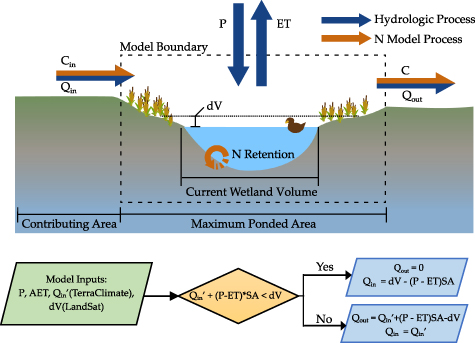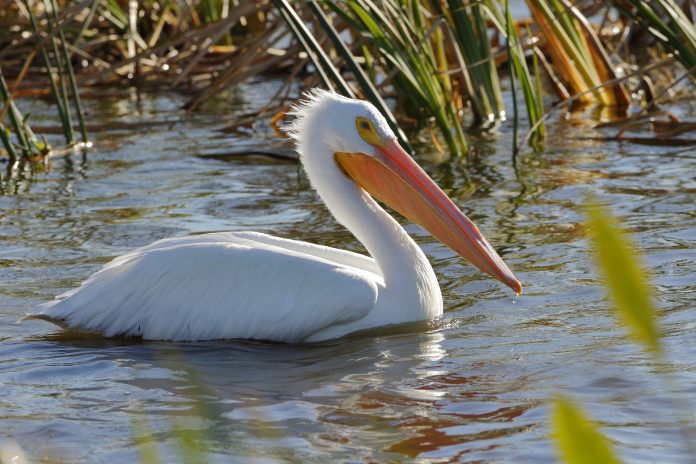Small isolated wetlands protect downstream waters by doubling as pollution-catching powerhouses by filtering excess nitrogen (N) generated from agricultural and urban activities
Using satellite imagery and computer modelling, the team of researchers from the University of Waterloo were able to find evidence these small wetlands could trap pollutants such as nitrogen and phosphorous through their isolated locations.
Why are the wetlands so important?
Wetlands have the ability to act as environmental sponges, they can provide flood protection by absorbing volumes of water released in rainfalls or the melting of snow.
These areas improve water quality and provide habitats for local inhabitants while increasing biodiversity and constantly trapping carbon. However, although integral to our world’s balanced ecosystem, these small isolated wetlands are often the first to be removed for development or agricultural practices.
The removal and destruction of these areas will continue to increase our vulnerability to climate change with effects such as floods, droughts and increased stormy weather.
The team commented in their research published in Environmental Research Letters that “From a wetland management perspective, our work highlights how the disconnectivity of the wetlands is critical to maintaining the integrity of downstream waters.”
Observing nutrient retention through satellite imagery
Using satellite imagery and computer modelling, the team were able to estimate nutrient retention and show that since these small isolated wetlands are disconnected, pollutants appear to get trapped.
“This is especially a concern in regions like southern Ontario, which has already lost more than 70 per cent of its wetlands and is under threat to lose more from increasing population and developmental pressures. The rise in human population also increases the amount of pollution,” said Dr. Nandita Basu, a professor at Waterloo and Canada Research Chair in Global Water Sustainability and Ecohydrology.
“If pollutants aren’t caught by small wetlands, then they’ll run into our lakes, beaches, and eventually impact our supply of drinking water and ability to use the beaches for recreation” commented Dr Basu.
If pollutants aren’t caught by small wetlands, then they’ll run into our lakes, beaches, and eventually impact our supply of drinking water
Protecting wetlands through satellite information
Bringing together 30 years’ worth of satellite imagery from across the United States, the team determined how 3,700 wetlands were filling up and draining as a function of seasons and climate. After this, they could estimate how much nitrogen would be removed by these water bodies.

“Being disconnected can actually be better because they are catching the pollutants and retaining them as opposed to leaking them back to the stream waters,” said Cheng, first author of the study and currently a postdoctoral fellow at Colorado State University.
Next, Basu and her team will apply these techniques to Canadian wetlands across the Great Lakes basin as well as the prairie region in Western Canada. That work will be partly supported by a grant worth $6.8 million from Environment and Climate Change Canada.











